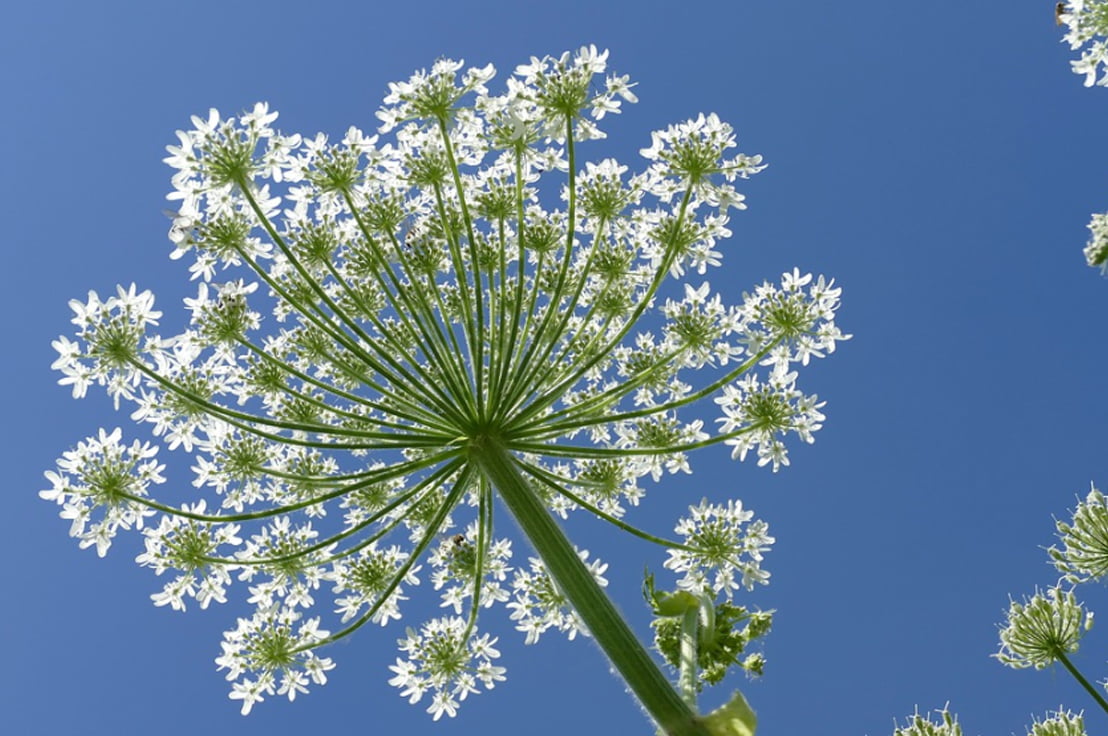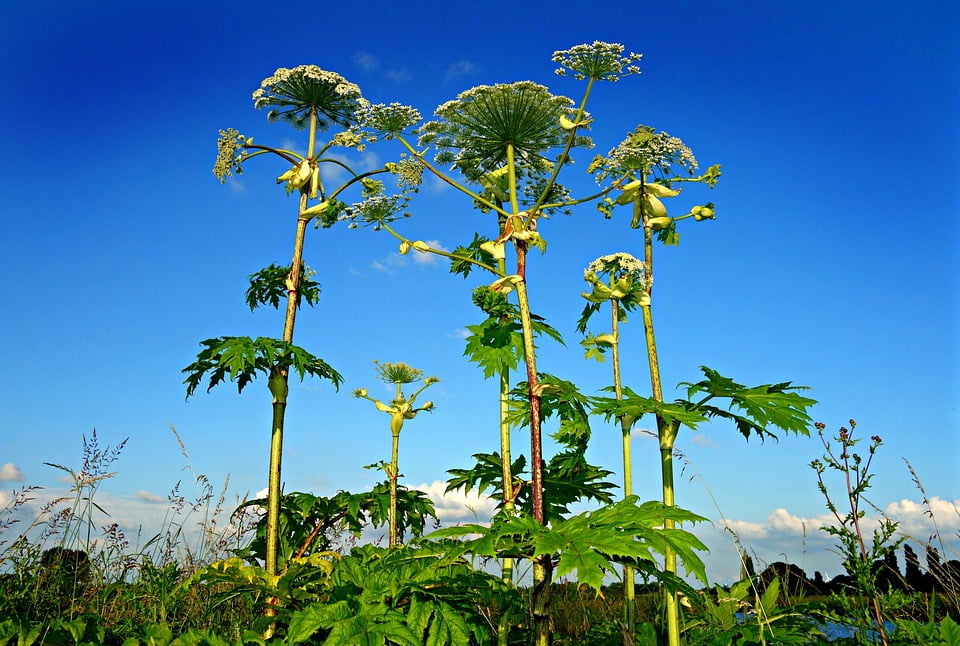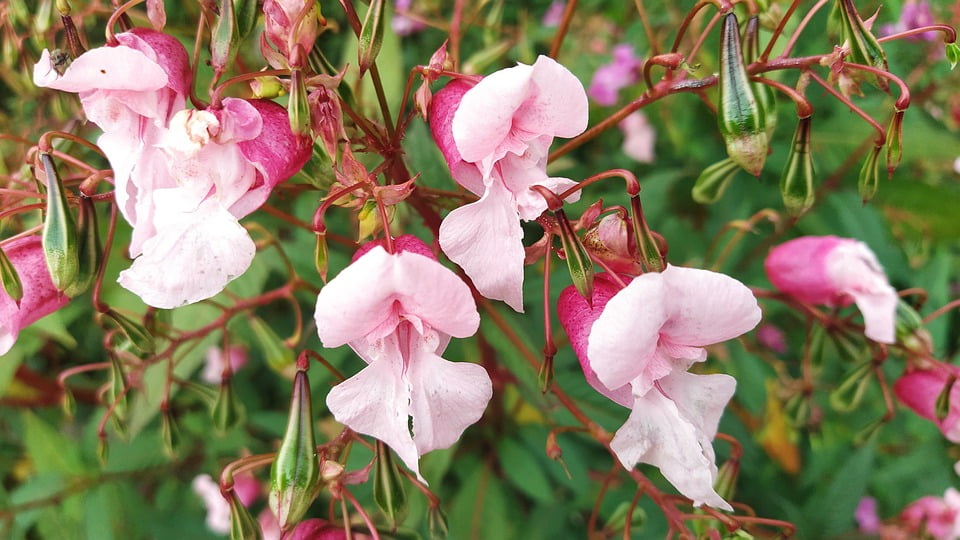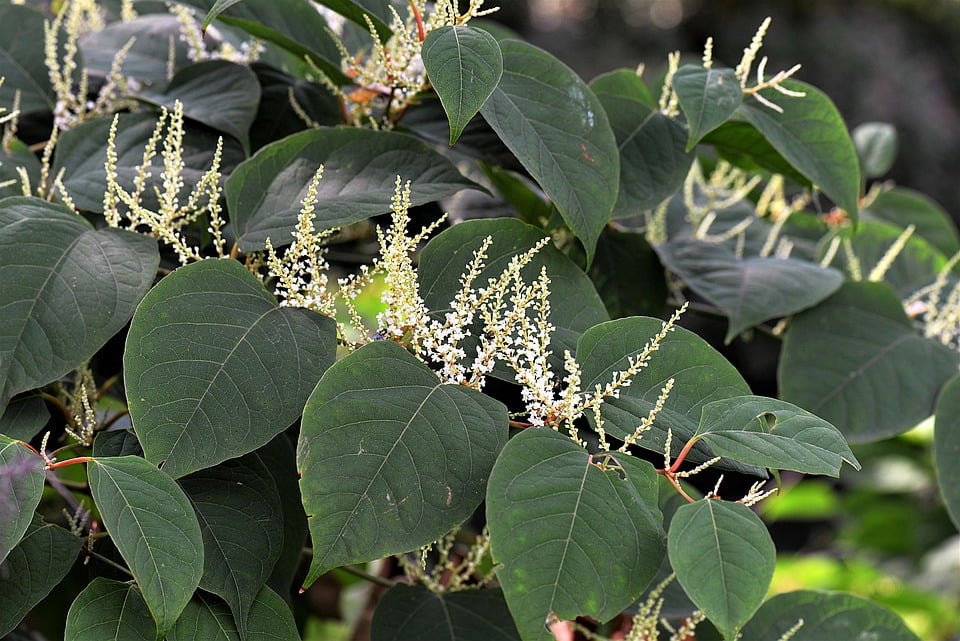
10-15% of non-native species established in the UK cause significant adverse impacts, such as disrupting habitats and ecosystems, as well as imposing serious harm to human health. Proactive landscape management is vital in combatting this as management plans can help in the control and eradication of invasive non-native species.
Non native species can cause significant adverse impacts including:
Environmental impacts
Disrupting habitats and ecosystems and outcompeting native species. The ecological impact of some INNS is well known, but many other impacts are less visible.
Economic impacts
According to a 2010 research by the Centre for Agriculture and Bioscience International (CABI) , the cost of INNS in Great Britain is at least £1.7 billion per year. Much of this cost is borne by the agriculture and horticulture sector, but many other sectors, including transport, construction, aquaculture, recreation and utilities, are also affected. According to a 2019 parliament research paper, Japanese knotweed alone is estimated to cost the British economy around £166 million per year.
Social impacts
Some species cause problems to human health or are a nuisance to landowners. INNS plants clog water bodies preventing access for navigation and angling. For example, ragweed has substantially increased hay fever suffering across many European countries.
Giant Hogweed
Extreme care must be taken with giant hogweed. Contact with any part of this plant must be avoided, as even a small amount of sap can cause blistering of the skin following exposure to sunlight. The sap of giant hogweed can remain present for 48 hours after cutting. Grazing animals are at risk of poisoning and this is exacerbated in animals with no pigmentation or bare skin. Plants commonly occur along streams, rivers and canals, in waste land, road verges and railway embankments. Prolific seed production and vigorous growth results in large-scale changes in vegetation and obstruction of access to river banks. It can also expose the banks, resulting in soil erosion. Giant hogweed spreads by seed only, via both the air and watercourses.

Himalayan Balsam
Himalayan balsam is widespread throughout the UK, being particularly prevalent along riverbanks, where it can form dense monocultures. When plants die back in the winter, they can leave banks exposed and susceptible to erosion and flooding. Himalayan balsam spreads along watercourses via its explosive seed capsules, which can fire seeds up to 6m away.

Japanese Knotweed
This is an extremely dominant plant which displaces native species and thrives in damp soils. It can be found in most urban habitats particularly brownfield sites, railway embankments and watercourse banks. The underground rhizome systems have a lateral spread of up to 7m and a vertical depth of up to 3m. This exacerbates flooding and bank erosion along rivers and streams when water levels are high. Japanese knotweed propagates from rhizomes, rhizome fragments, crown fragments and stem fragments.

INNS Management Plans
Best practice requires INNS management plans to be in place, outlining the control measures, responsibilities and record of actions undertaken for every site containing non-native species. These documents would provide a clear record of decision making and proactive approach taken in determining comprehensive management of INNS associated with a site.
The Plan would primarily comprise the findings from a site survey and provide a summary of factors influencing management. An outline of the management strategy for managing INNS on the site would be provided, along with setting out a mechanism for how the success of the plan will be monitored, reviewed and updated. The Plan would be prepared in full accordance with up to date legislation and reviewed annually to identify any site changes, which need to be reflected in the management approach.
TEP’s Landscape Management team is experienced in advising on the management of invasive non-native species and can provide the following services:
For more information including legislative context, please read our INNS Briefing Note. If you would like to learn more about your duties as a landowner to manage invasive species, please get in touch to arrange a free consultation by emailing us at LMQuotes@tep.uk.com.








